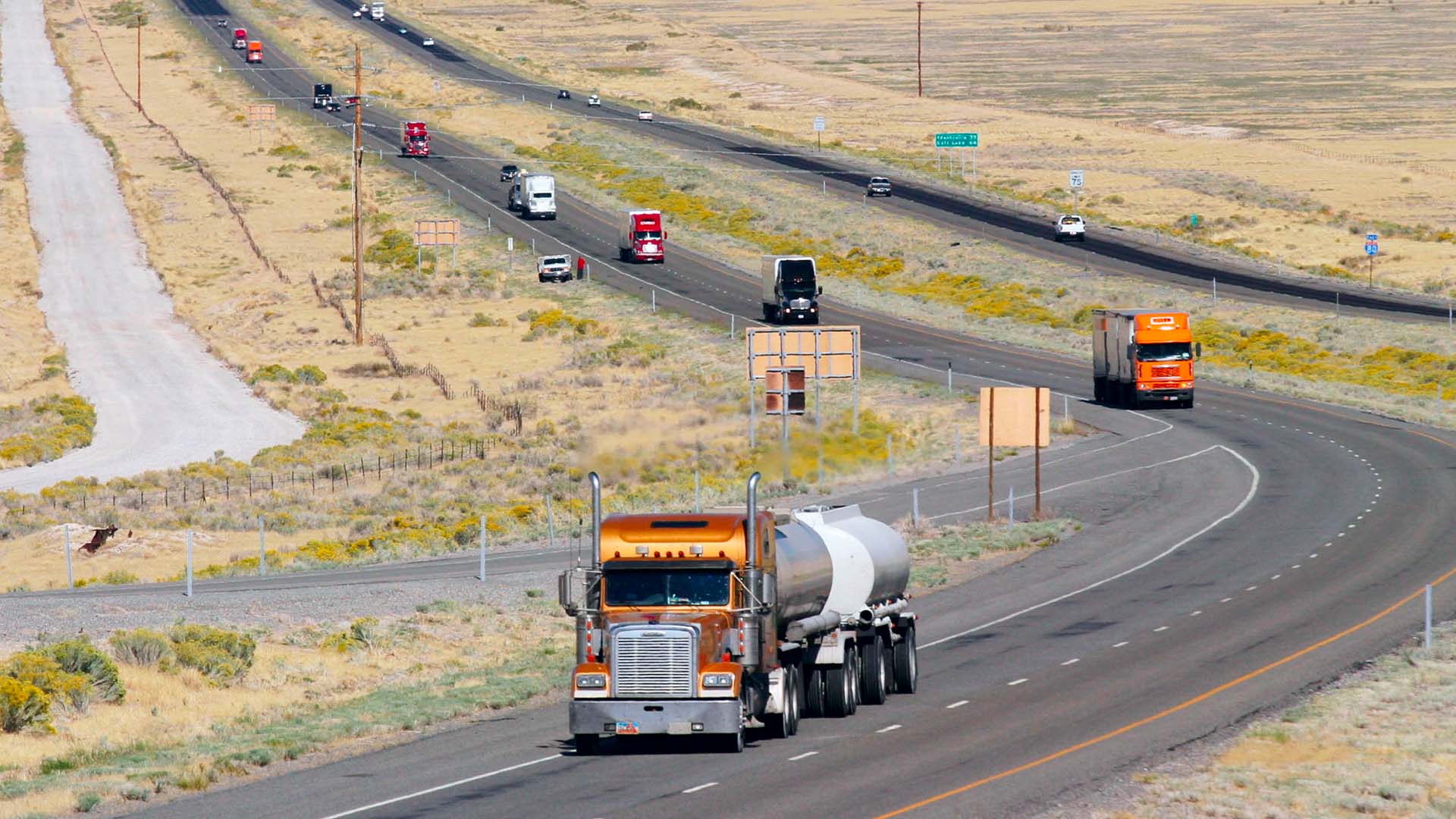

When it comes to vehicle emissions in the United States, there’s no regulatory body more strict on smog than the California Air Resources Board. In fact, CARB is responsible for the emission standards in more than a dozen states, while setting a benchmark for others to compare against. Passenger cars aren’t the only vehicles that CARB sets out to regulate, and soon, heavy vehicles traveling the roads of California will be subject to more frequent, unannounced inspections.
Called the Heavy-Duty Inspection and Maintenance Program (HD I/M), California’s newest method to combat harmful emissions is aimed at vehicles with a gross vehicle weight rating of more than 14,000 pounds. These could be trucks, buses, agricultural equipment, or even motorhomes. What’s more, the program covers any vehicle that exceeds the GVWR threshold, even if it isn’t registered in California.

Last month, officials set up at the Port of Los Angeles to preview the new Portable Emissions Acquisition System (PEAQS) at an enforcement event. More than 1,200 trucks were scanned and their operators were made aware of the new smog check requirements being introduced in the state. However, news of the program’s creation isn’t exactly new. California first announced its intent to launch the program back in 2021 with a go-live date of January 2023. The August enforcement event may be the first time that officials have trialed its procedures and educated operators about the changes in a real-world scenario.
The PEAQS system is expected to be deployed in various areas of the state to screen for high-polluting vehicles. Should a vehicle be flagged, it will need to undergo additional emission tests to be cleared. If the truck fails the second test, the driver will be fined and ordered to undergo repair.
“The Heavy-Duty Inspection and Maintenance Program will ensure that the emissions control equipment in heavy-duty trucks does its job capturing and removing harmful emissions for the life of the vehicle. And, if we discover it’s not working properly, it will be repaired quickly,” said CARB Chair Liane Randolph in a statement. “This will save owners and operators in fuel costs and deliver significant improvements in air quality and public health especially in communities adjacent to highways, ports, and warehouses that suffer from persistent air pollution as a result of heavy traffic.”
California officials say that only three percent of all vehicles that travel the state’s roads are actually affected by this new program. That being said, they are responsible for more than half of all harmful smog-causing pollution. The total cost of the program will amount to $4 billion. California says that, while expensive, it will ultimately save the state around $75 billion in health benefits, prevent 7,500 air-quality-related deaths, and 6,000 hospitalizations by 2050.
By mid-2023, California will launch the second phase of its HD I/M program that will require all heavy-duty trucks to register with CARB to obtain a certificate of compliance that allows them to operate within the state. Registered trucks will need to submit to HD I/M testing twice a year by 2024, and increase testing to four times per year in 2027.
Got a tip or question for the author? Contact them directly: rob@thedrive.com